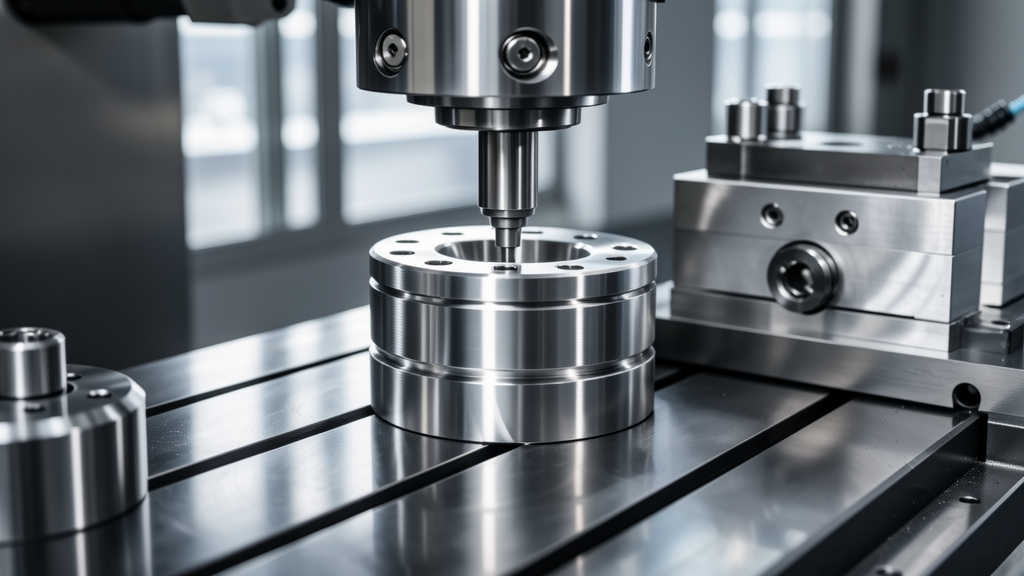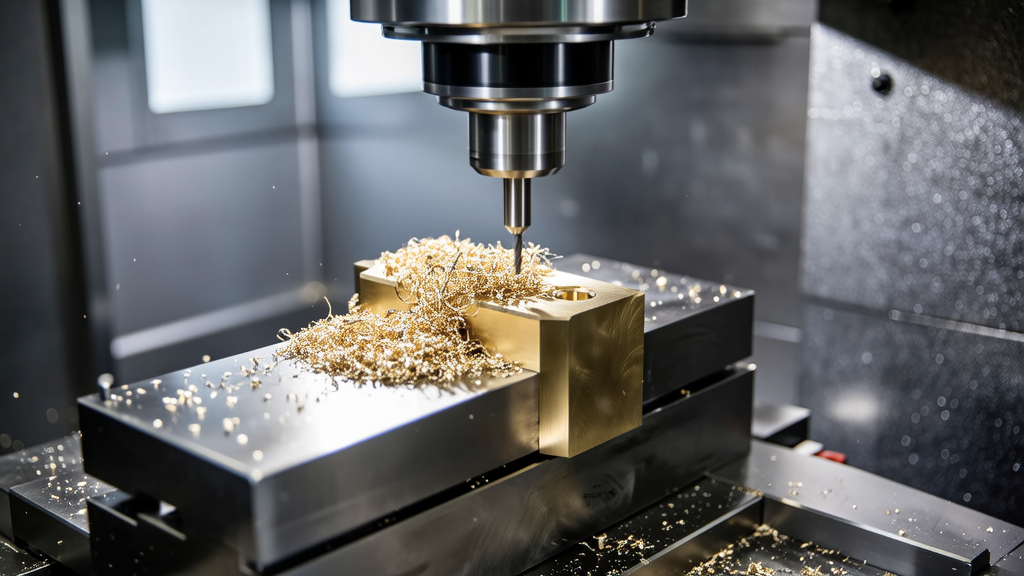When it comes to stainless steel CNC machining, one question often pops up: what makes the pricing so varied? It’s not just about the material alone; several elements come into play that can affect the final quote from manufacturers. Let’s break things down a bit.
Material Quality and Type
First off, the type of stainless steel you select significantly impacts pricing. Different grades—like 304 or 316—come with various costs and properties that can alter the machining process. I remember working on a project where the client initially chose a lower-grade stainless steel to cut costs. However, once production started, we encountered unexpected challenges because this particular grade was tough to machine and caused more wear and tear on our tools. As a result, we ended up spending more in the long run. To avoid this situation, I highly suggest you consider the specific applications and environments where your parts will function, and choose a grade that balances cost and performance.
Complexity of Design
Another essential factor is the design complexity of the part you need. More complex designs usually mean longer machining time and possibly higher labor costs. If you have intricate geometries or tight tolerance requirements, be prepared for most CNC machining services to charge accordingly. For instance, a simple round disk is straightforward to machine, but introducing complex features like grooves, slots, or contours complicates the workflow. I had a client who wanted a highly intricate gear made from stainless steel, and while the end result was stunning, the initial quote shocked them because of the high labor input involved.
Production Volume
Then there’s the question of volume. Are you looking for a single prototype, or are you planning for a larger production run? Lower quantities often come with higher per-unit costs due to the setup time and initial machine programming required for CNC machining. If you’re concerned about costs, I recommend discussing the possibility of a minimum order quantity or batch processing with your supplier. This approach can help reduce the overall pricing. I’ve seen clients save significantly when they committed to an order of 500 parts instead of just 100, driving the per-part cost down dramatically.
CNC Technology and Capabilities
Not all CNC machines are created equal. The technology and capabilities of the equipment that your chosen manufacturer has will also affect the pricing. Advanced machinery often allows for high-speed machining, better tolerances, and more efficient workflows. I once had a conversation with a supplier who invested in a high-performance CNC mill that drastically reduced cycle times. Even with the initial investment factored in, they could offer more competitive pricing because of efficiency gains. Check if your manufacturer has the latest technology to ensure they can provide high-quality results at a reasonable price.

Additional Services
Lastly, be mindful of any extra services you might require, like surface finishing, heat treatment, or assembly. Each of these processes adds costs to the final price. If you need additional processes, ask your manufacturer for bundled pricing options—it can save you some money.
In summary, understanding what influences pricing from stainless steel CNC machining can empower you as a purchasing manager or engineer to make more informed decisions. You want to ensure you’re getting quality parts while managing costs effectively. By considering material quality, design complexity, production volumes, technology, and additional services, you can navigate the market better.
What factors in material quality affect pricing?
The type of stainless steel you choose plays a crucial role in determining the cost. Grades like 304 or 316 have different prices, which can influence the machining process. More expensive materials might offer better corrosion resistance or strength, but they can also drive up your overall costs.
For example, opting for a higher-grade stainless steel could double the material costs, impacting your project’s budget. It’s essential to balance cost with necessary performance based on the end use of your parts.

How does design complexity influence the overall price?
The complexity of your design absolutely affects the pricing structure. More intricate designs require additional machining time, which can increase labor costs significantly. A simple part might cost just a couple of dollars per unit, while a detailed component could skyrocket to ten times that, depending on the complexity.
For instance, adding specific features like tight tolerances or unique geometries can result in extra machining steps, increasing both time and cost, and it’s something to keep in mind during the design phase.
What impact does production volume have on pricing?
Production volume is a major factor that can drive pricing up or down. If you’re ordering just a few prototypes, expect to pay a higher per-unit cost due to the initial setup and programming time. However, larger production runs can lower your costs dramatically.
I’ve seen cases where committing to 500 parts can reduce the unit price by nearly half compared to ordering just 100, so if you’re capable, planning for larger quantities can lead to significant savings.
How do technology and capabilities affect machining costs?
The type of CNC technology used by your manufacturer can greatly influence machining costs. Advanced CNC machines allow for faster production and more precise cuts, which can result in lower prices for high-quality parts.
For instance, using high-speed machining techniques might reduce cycle times from a few hours to just an hour, ultimately driving down costs. It’s a good idea to ask about the technology your supplier uses as it can affect both quality and pricing.
Are additional services changing the cost significantly?
Yes, any additional services you require such as finishing, heat treatment, or assembly can add to your overall cost. Each of these processes not only takes time but also requires specific equipment and expertise, which manufacturers factor into their pricing.
If you anticipate needing these services, discussing bundled pricing options could be advantageous, as it might offer some savings compared to paying for these services individually. It’s always smart to lay out your expectations early in the discussion.








